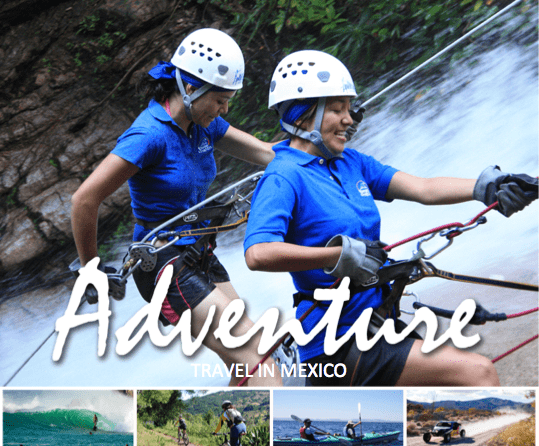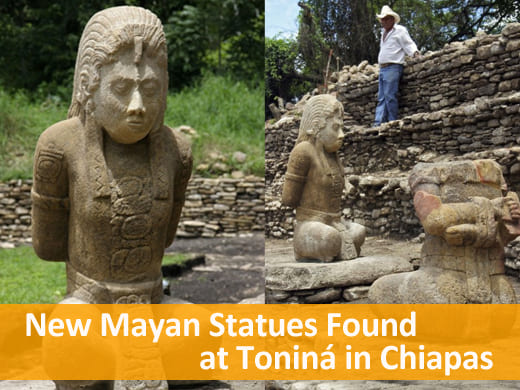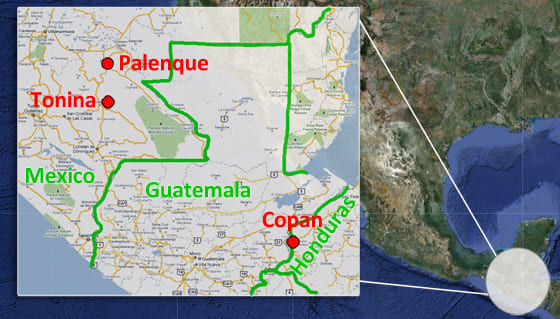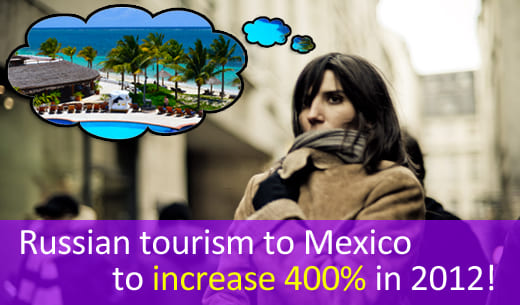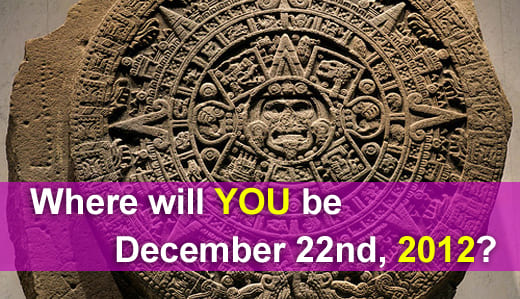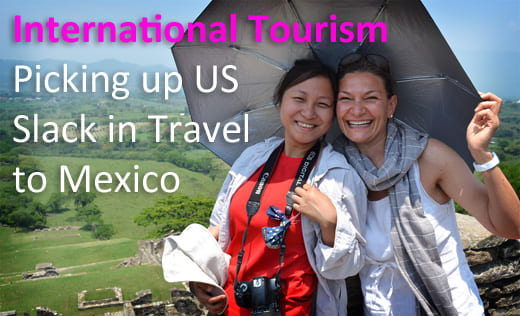
#MexicoToday – The fiery drink of Tequila has been rapidly gaining international popularity for years now, being featured in popular billboard hits and increasing in US consumption by 45% in the past 5 years. So it comes as no surprise that the town of Tequila, birthplace of the most representative beverage in Mexico and the proud producer of the worldwide spirit that bears its name, has also been gaining more and more attention. Recently, ABC, MSNBC, and USA Today all ran an article about this small town in Jalisco, Mexico – about 4 hours east from the popular tourist city of Puerto Vallarta (just outside Guadalajara, part of Mexico’s Colonial Heartland).
This acclaimed Magic Town sits against the Tequila Volcano which overlooks the valley encompassed by endless landscape of perfectly lined of blue agave plants. Built around Tequila’s main square of beautiful fountains and fresh flowers are the distilleries of popular producers such as Sauza and Jose Cuervo. Visiting the town of Tequila is a trip to the past, where the traditions and the most authentic aspects of Mexico are still alive and prevalent.
Curious about this traditional and legendary drink, I took the trip to discover Tequila for myself. Starting off with a visit to the 17th Century stone Santiago Apostol Church and a walk around the flourishing plaza, I filled my stomach with the juiciest Torta Ahogadas (pork sandwiches drowned in a spicy red sauce – famous to the Guadalajara region) before enjoying a small tequila to get in the right mindset. What many people do not know is that tequila is not something that should be taken as a shot. Rather it should be treated as a fine wine, acknowledging the various aromas and savoring ever nuance in flavor.
Appreciating the smells and tastes of the actual liquid is one thing, but a true appreciation of Tequila comes from seeing the process of its creation from start to finish. I learned this during my tour at Mundo Cuervo; where in a small VIP group, we visited fertile agave fields, wandered through picturesque courtyards of the hacienda and toured the actual production factory. With the largest distillery in Latin America, the Cuervo brand started distilling a private tequila called ‘Reserva de la Familia’, reserved only for the Cuervo family. As time went by, they decided to share a very limited amount which is exclusively made in Mundo Cuervo, housing only barrels of Reserva during a specific season. I was able to try a very small sample of this limited edition tequila, and not exaggerating, it was one of the best Tequila Anejo’s I had ever tasted.
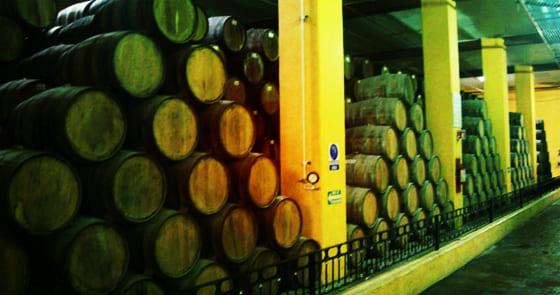
At the end of the tour, we learned how to distinguish quality tequila – much like you can distinguish a fine wine. One way is to swivel the tequila around in a glass and notice if any drops stick and form along the glass, the more droplets that adhere to the glass, the better the tequila. The other way, which I found most fascinating, is that Tequila has three very distinct scents depending on which part you smell. Starting at the bottom portion of your glass, this is the scent where you appreciate the key ingredient, the aged agave plant, distinguished by its pungent scent of alcohol. Moving up to the middle portion, it is differentiated by a sweet fruity floral smell, much less harsh than the fragrance at the bottom. Reaching the top one-third portion of your glass, the aroma changes from a nice spring day to a warm cozy fire, emitting a rich wood smell due to the aging process in the barrels. Detecting and savoring each scent and learning about the long process and stages it makes to produce tequila, I developed a strong appreciation and understanding of the intricate process.
After a 3 hour tour around the facilities and numerous taste testing and margaritas (complements of the tour), I headed to the National Tequila Museum where, through its collections, I gained an even deeper understanding regarding the cultural values of the tequila region, which I learned was recently declared a World Heritage Site by UNESCO.
Reflecting on my day trip, I learned more about Tequila then I ever thought imaginable, both the drink and the town. Both are unique and representative of the country in which they reside. Having only spent a day in Tequila, there’s still more to discover. The town has many “tourist friendly” facilities and tours, including the infamous Tequila Express train ride and the giant tequila bottle-bus city tour – which are on my list next time I am driving through!
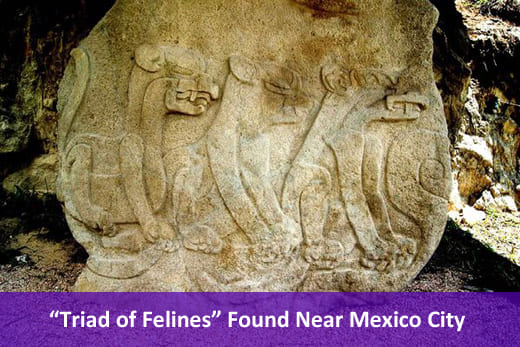

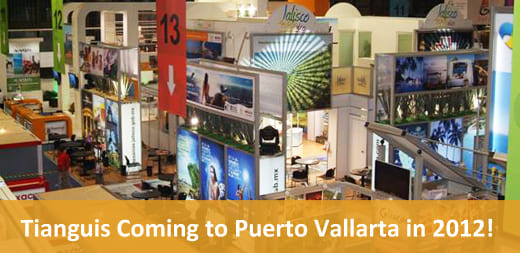

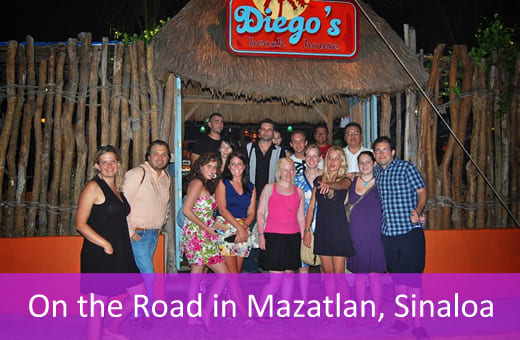
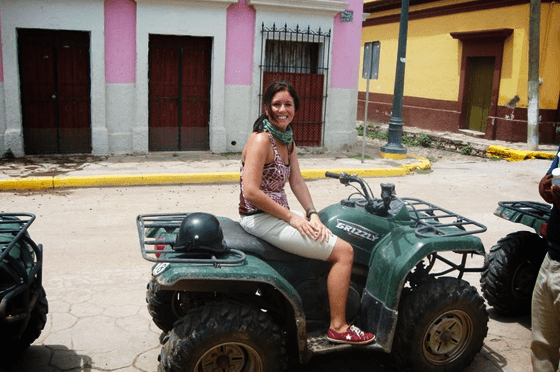

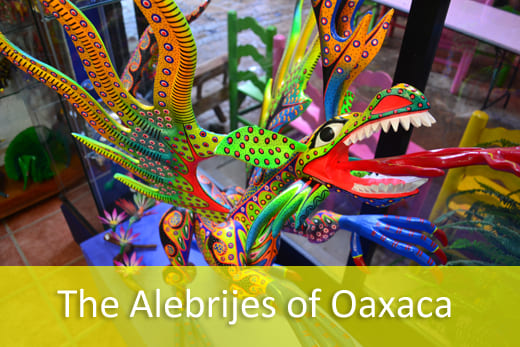
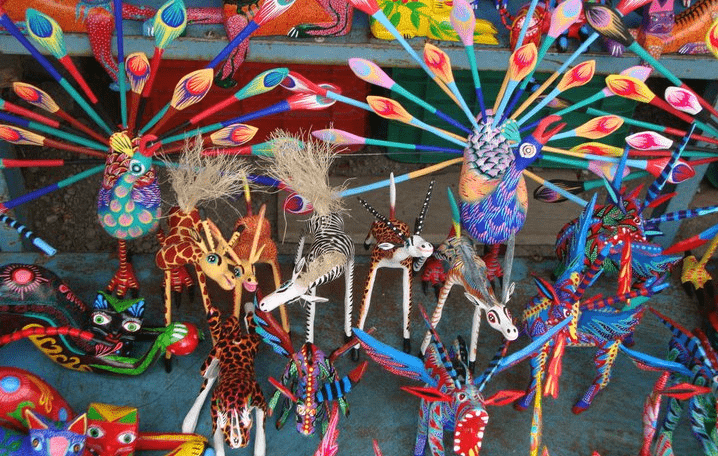
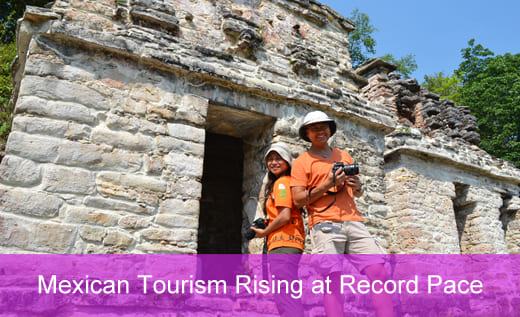
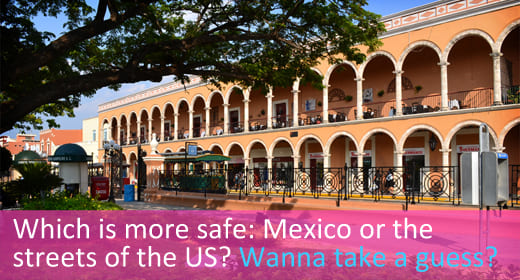

 Buenos Dias Mexico lovers! The July addition of the Journey Mexico Newsletter is out featuring news about the rise in international tourism to Mexico, some great hotel promotions, and (as always) JM News and upcoming events. You can
Buenos Dias Mexico lovers! The July addition of the Journey Mexico Newsletter is out featuring news about the rise in international tourism to Mexico, some great hotel promotions, and (as always) JM News and upcoming events. You can 


